#book plates
Text


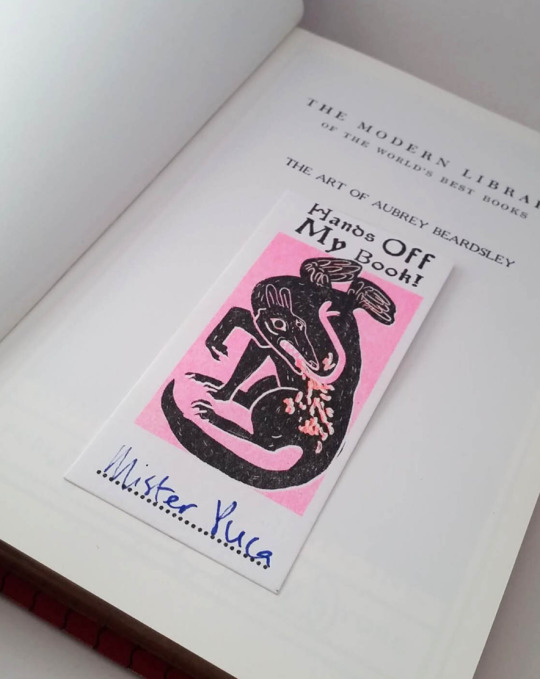
Book Plates - Hand's Off My Book!
Have you been feeling sick and tired of people leaving stains and dog ears in borrowed books? Want to put your stamp on your notebooks and sketchbooks? Have these little name plate creatures guard and protect your books from mucky paws.
Set of 7 per pack.
Limited edition of 50
Risograph prints
SOLD OUT
#book plates#illustration#folklore#artists on tumblr#demons#riso#risograph#book name plates#custom bookplate
13 notes
·
View notes
Text
The principles of Mr. Harrison's time-keeper; with plates of the same


Designs for the H4, the fourth chronometer from John Harrison that would eventually be used to determine the vexing question of longitude at sea
#longitude#John Harrison#Nevil Maskelyne#Board of Longitude#The Commissioners for the Discovery of the Longitude at Sea#chronometer#library of congress#historical books#book plates#history of science#clocks#clock#horology#pocket watch
8 notes
·
View notes
Text

#art#etching#german art#books#illustration#book plate#allegory#death and the maiden#der tod und das mädchen#hourglass#mirror#reflection#norbert salzwedel#klaus-jürgen tischer
2K notes
·
View notes
Text
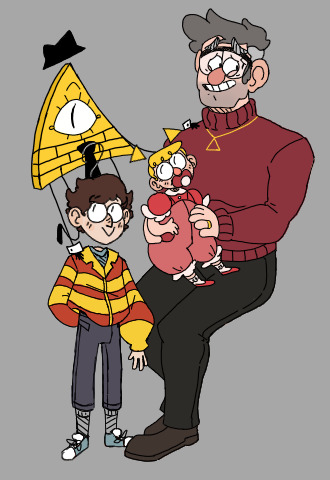


How to deal with a terrible breakup? Easy! You don't. Everything is okay in the fantasy sitcom suburb land where you control everything ever.
Silly goofy au hours. More crack than serious, but I enjoy it. I worry the three(3) episodes of Wandavision I watched and a Don't Worry Darling plot synopsis changed my neuron pathing for the worst.
#gravity falls#billford#bill cypher#fanart#stanford pines#au#ocs#ngl the idea started similar to the Dont Worry thing but got reminded that Ford had that metal plate#Soooo#yeah#Mind control not on the table? Less mind control#more erasing memories. Like that section in the book with Ford's name#Regardless hope that Ford becomes a widow very soon thoughts and prayers for him#Super close to making a few more drawings with spongebob parenting the clam memes#but maybe in the future#I do love drawing Bill with a fedora and tie#If not#Def want to draw more Billford art in general#The special interest do be special interesting
473 notes
·
View notes
Text
For #WhoopingCraneDay :
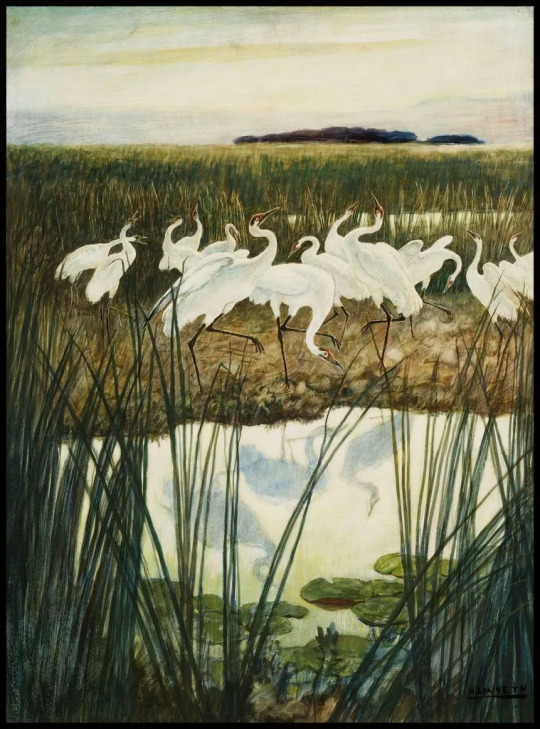
N.C. Wyeth (American, 1882-1945)
The Dance of the Whooping Cranes, 1939
oil on panel, 30 x 22¼ in. (76.2 x 56.5 cm);
printed as a plate in the illustrated edition of The Yearling (1939)
#animals in art#animal holiday#20th century art#birds in art#painting#illustration#oil painting#book plate#The Yearling#wildlife art#whooping crane#Whooping Crane Day#crane#bird#birds#flock#N. C. Wyeth#American art#1930s
474 notes
·
View notes
Text
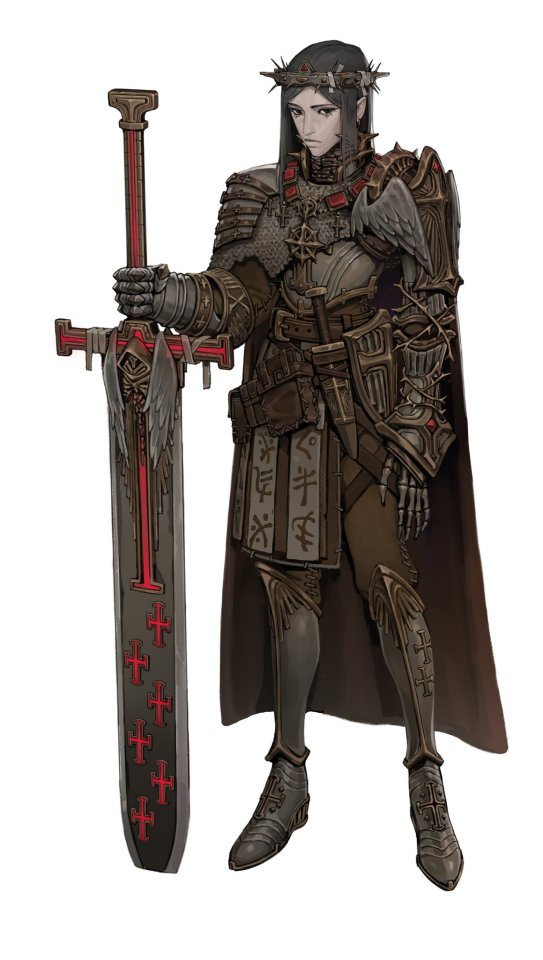
by Hellhound_xxx
490 notes
·
View notes
Text

Emmet is willing to do anything to find his brother, and some things start to seem a bit more flexible than they seemed to be before… who cares if a few plates go missing?
#I’ve always imagined Emmet would enter some sort of villain arc after his brother had been missing for about 10+ years#he’s done playing by the books he just wants his brother back#he’s tired and he’s very very angry#possibly from the help from a certain someone…#that certain someone being Volo of course#thus the collection of the plates to summon arceus#ok enough of me rambling#my art :D#submas#emmet pokemon#submas emmet#pokemon emmet#subway master emmet#subway boss emmet#eelektross#chandelure#pokemon#pokémon#pkmn bw#pkmn b2w2
192 notes
·
View notes
Text
every time i walk into my local library i make sure to look at the receptionists with big wet eyes before heading to my corner to study bc i really want them to hire me as a part-time aide
#not even bc i need the money like it would just be so good for my mental health#extra cash would be nice but i also just like existing there#i don't need another thing on my plate but this feels like anxiety relief more than anything#esp bc w all my pre-med stuff sometimes i feel guilty for reading recreationally. this would force me to be somewhere i love to be#i WANT to be around books for 6 hours at a time. stacking. shelving. cleaning those precious books#i will burst into tears if they don't let me#i literally know the dewey decimal system by heart i'm perfect for this#p
479 notes
·
View notes
Text

he has a library card
#sketch#artists on tumblr#doodles#original character#ocs#antonio salvo#tony salvo#true strike#truestrike#masks: a new generation#masks: overlook#masks: overlook city#npc#ruth and tony#i'm normal about him#superheroes#books aren't fragile so he spent a lot of time around them growing up#though the plates the librarian gives him treats on are fragile and fling him into anxiety as he has to try very hard not to break them#long story short he has super strength he's not confident in controlling so he is afraid of breaking everything#trying to achieve that saltburn level of desire
498 notes
·
View notes
Note
I've seen a post you've reblogged and added to, among many things about women showing nipples. Can you recommend any ref material (articles, videos, etc.) are share your knowledge about this? Cause I'm curious about that, as nowadays going out in a shirt without a bra makes you indecent, while in like 90s it was okayish? I wonder how it was in previous centuries.
There is a really cool academic paper about bare breast dresses in 17th century England specifically. I think anyone can read it by creating a free account.
Abby Cox also has a good video about the cleavage during the past 500 years in which she goes through also the nip slip phenomena.
I don't have other sources that specifically focus on this subject, though many sources about specific decades touch on it, but I do have my primary source image collection, so I can sum up the history of the bare nipple.
So my findings from primary source images (I could be wrong and maybe I just haven't found earlier examples) is that the Venetians were the first ones to show the nipple for courtly fashion. At the same time in other places in Europe they sported the early Elizabethan no-boob style that completely covered and flattened the chest. In the other corners of Italy the necklines were also low but less extreme. Venetian kirtle necklines dropped extremely low as early as 1560s and they combined extremely sheer, basically see-through partlets with their kirtle. First example below is a 1565-70 portrait of a Venetian lady with the nipples just barely covered waiting slip into view with a movement of arm. There was an even more extreme version of this with the kirtle being literally underboob style, still with a sheer doublet. Though I believe this was not quite for the respectable ladies, since I have only seen it depicted on high class courtesans. They were not exactly respectable ladies, but they did have quite good social position. The second example is a 1570s depiction of a courtesan, which is revealed by the horned hairstyle. By the end of the century this underbust style with only see through fabric covering breasts, had become respectable. In the last example it's shown on the wife of the Venetian doge in 1597.
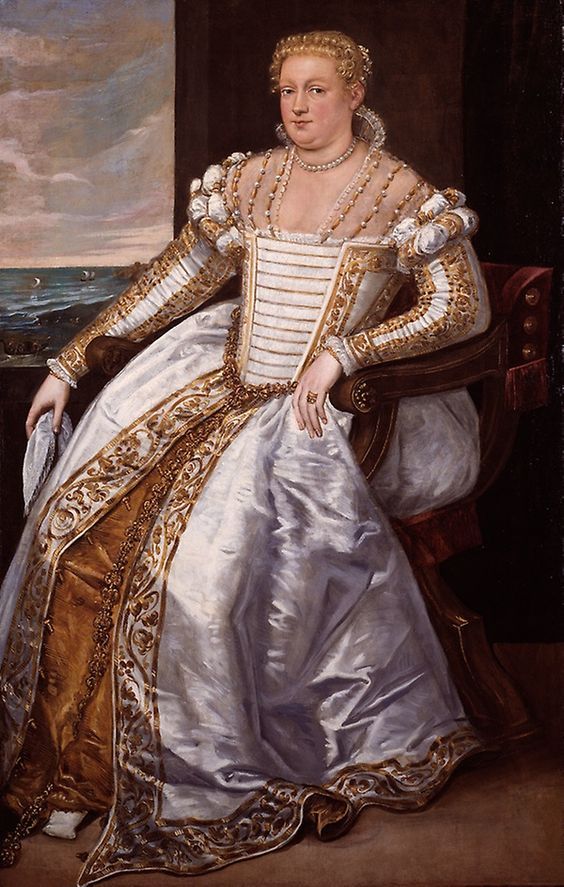
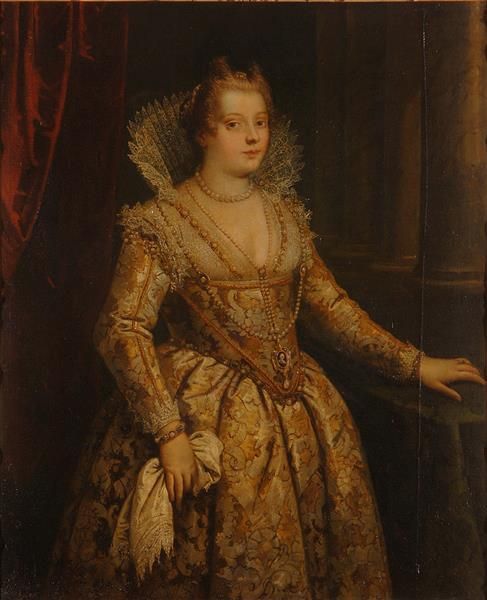

Around the same time, at the very end of 1500s, the extremely low cut bodice fashion enters rest of Europe. The low cut style was present in the bodices of all classes, but the nipple was really only an aristocrat thing. The lower classes would cover their breasts with a partlet, that was not sheer. Bare breast was ironically from our perspective a show of innocence, youthful beauty and virtue, and to pull off the style with respect, you also had to embody those ideals. Lower class women were considered inherently vulgar and lacking virtue, so a nipple in their case was seen as indecent. Bare boobs were also a sort of status symbol, since the upper class would hire wet nurses to breastfeed their children so they could show of their youthful boobs.
Covering partlets and bodices were still also used in the first decade of 1600s by nobles and the nip slip was mostly reserved for the courtly events. The first image below is an early example of English extremely low neckline that certainly couldn't contain boobs even with a bit of movement from 1597. The 1610s started around 5 decades of fashion that showed the whole boob. The first three were the most extreme. Here's some highlights: The second image is from 1619.
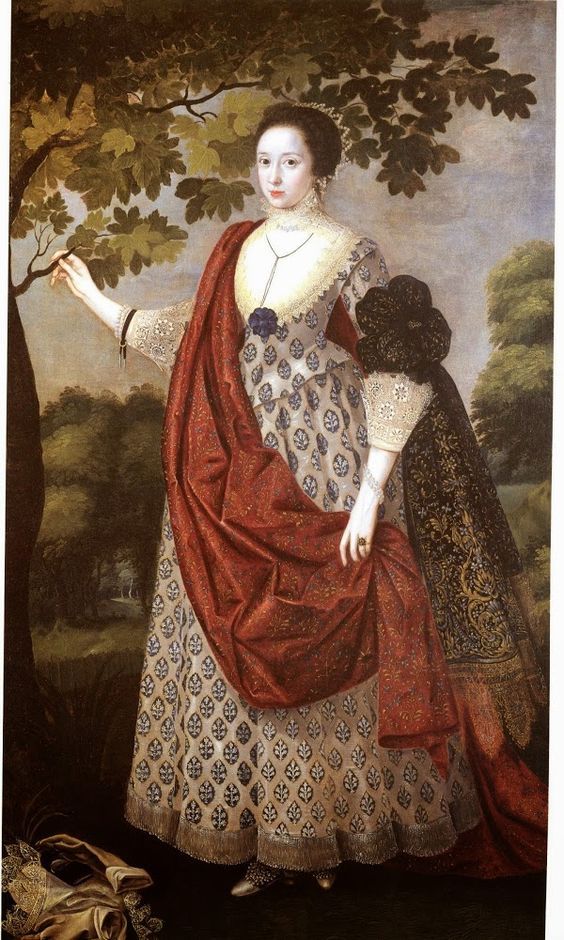

Here the first, very much showing nipples, from c. 1630. The second from 1632.
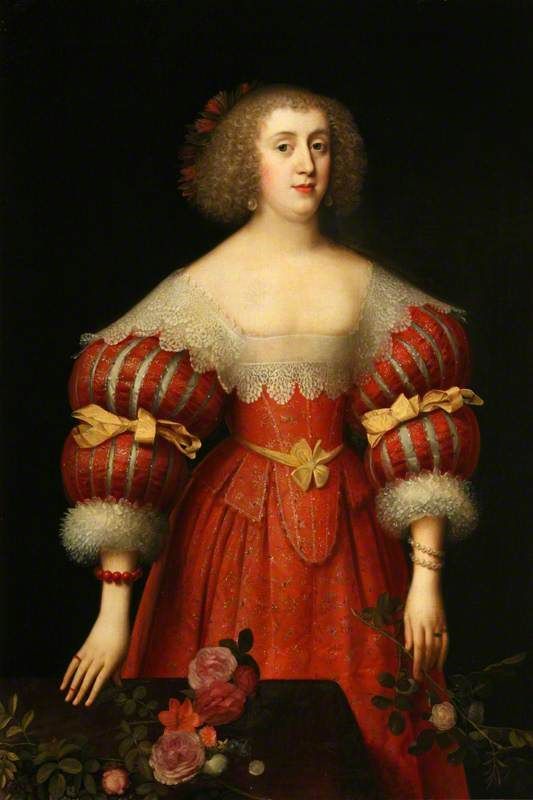
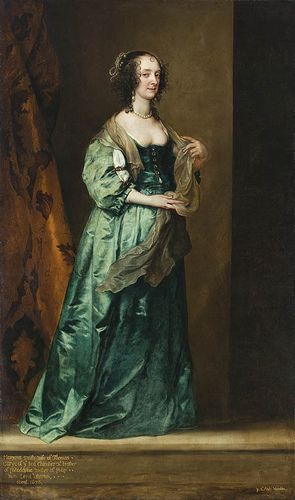
The neckline would slowly and slightly rise during the next decades, but nip slips were still expected. Here's an example from 1649 and then from 1650-55. In 1660s the neckline would get still slightly higher and by 1870s it was in a not very slippable hight. The necklines would stay low for the next century, though mostly not in boob showing territory, but we'll get there. But I will say that covering the neckline in casual context was expected. Boobs were mostly for fancy occasions. It was considered vain to show off your boobs when the occasion didn't call for it and covering up during the day was necessary for a respectable lady. You wouldn't want to have tan in your milk-white skin like a poor, and also they didn't have sun screen so burning was a reasonable concern.

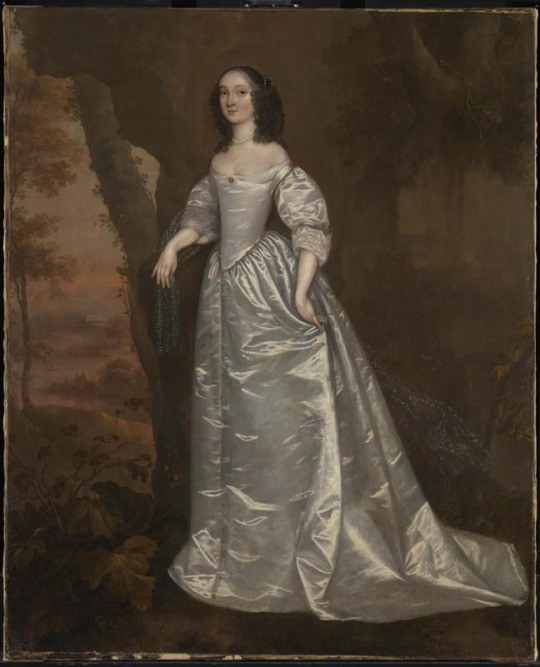
1720s to 1740s saw necklines that went to the nip slip territory, though they didn't go quite as low as 100 years earlier. The nipple was present in the French courtly fashion especially and rouging your nipples to enhance them was popular. Émilie Du Châtelet (1706-1749), who was an accomplished physicist and made contributions to Newtonian mechanics, was known in the French court to show off her boobies. An icon. Here she is in 1748. Here's another example from this era from 1728.
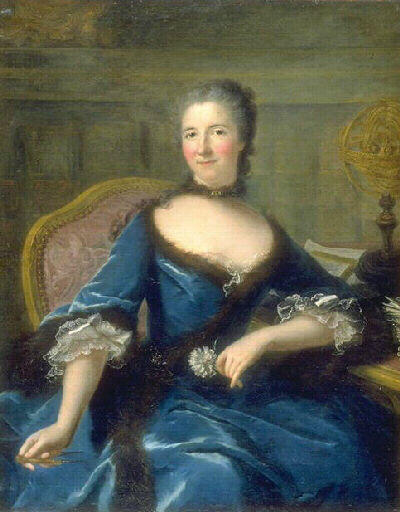
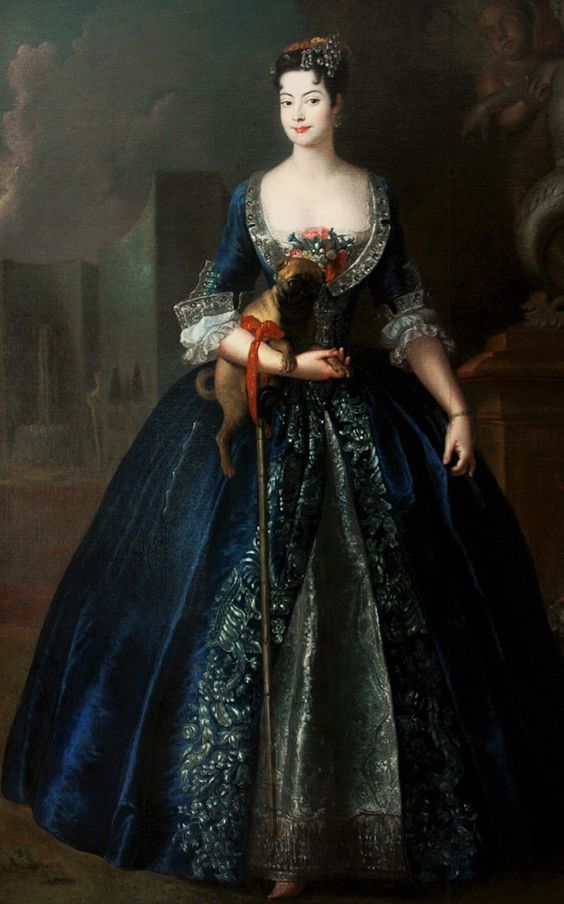
The Rococo neckline never got high, but in the middle of the century it was less low till 1770s when it plunged into new lows. In 1770s the fashion reached a saturation point, when everything was the most. This included boobs. The most boob visible. There was a change in the attitudes though. The visible boob was not a scandal, but it was risque, instead of sing of innocent and did cause offense in certain circles. I think it's because of the French revolution values gaining momentum. I talked about this in length in another post, mostly in context of masculinity, but till that point femininity and masculinity had been mostly reserved for the aristocracy. Gender performance was mostly performance of wealth. The revolutionaries constructed new masculinity and femininity, which laid the groundwork for the modern gender, in opposition to the aristocracy and their decadence. The new femininity was decent, moral and motherly, an early version of the Victorian angel of the house. The boob was present in the revolutionary imagery, but in an abstract presentation. I can't say for sure, but I think bare breasts became indecent because it was specifically fashion of the indecent French aristocracy.
Here's example somewhere from the decade and another from 1778. The neckline stayed quite low for the 1780s, but rose to cover the boobs for the 1790s.

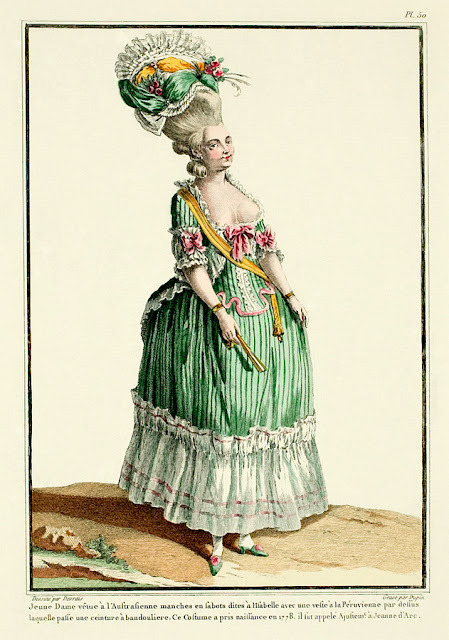
The nipple didn't stay hidden for long but made a quick comeback in the Regency evening fashion. It was somewhat scandalous by this point, and the nipple and sheer fabrics of the Regency fashion gained much scorn and satire. The styles that were in the high danger nip slip territory and those that allowed the nipple to show through fabric, were still quite popular. The sleeves had been mid length for two centuries, but in 1790s they had made a split between evening and day wear. The evening sleeves were tiny, just covering the shoulder. Showing that would have been a little too much. Like a bare boob? A risque choice but fine. A shoulder? Straight to the horny jail. (I'm joking they did have sheer sleeves and sometimes portraits with exposed shoulder.) But long sleeves became the standard part of the day wear. Getting sun was still not acceptable for the same reasonable and unreasonable reasons. Day dresses did also usually have higher necklines or were at least worn with a chemisette to cover the neckline. Fine Indian muslin was a huge trend. It was extremely sheer and used in multiple layers to build up some cover. There were claims that a gust of wind would render the ladies practically naked, though because they were wearing their underclothing including a shift, which certainly wasn't made from the very expensive muslin, I'm guessing this was an exaggeration. Especially though in the first decade, short underboob stays were fairly popular, so combined with a muslin, nipples were seen. Here's an early 1798 example of exactly that. The short stays did disappear eventually, but in 1810s the extremely small bodices did provide nip slip opportunities, as seen in this 1811 fashion plate.
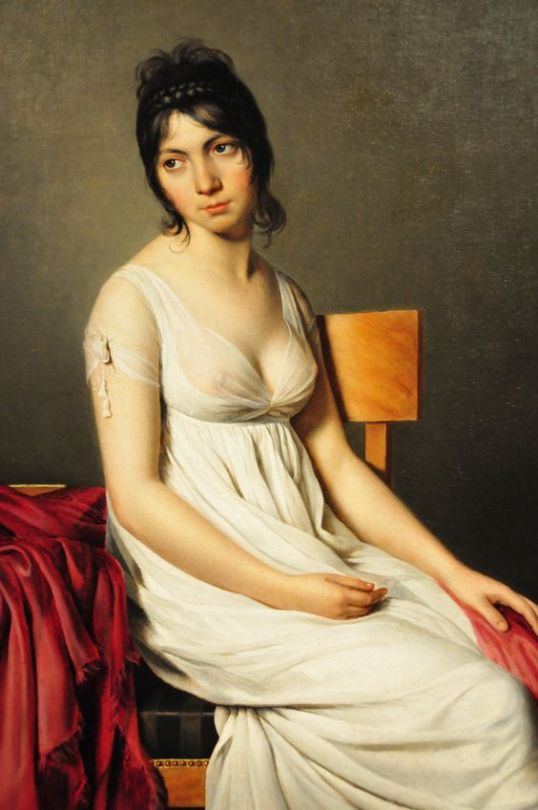
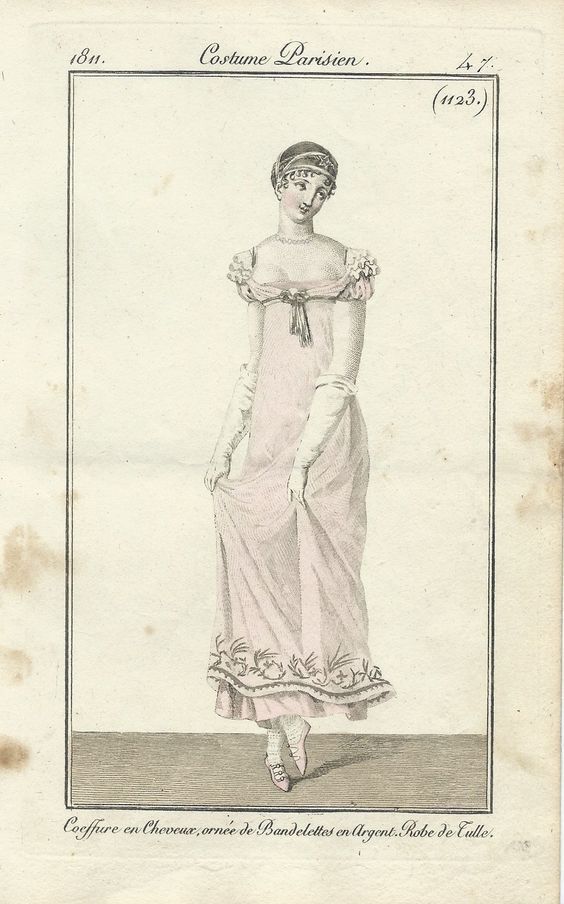
Victorian moralizing did fully kill the nip slip, though at least they were gender neutral about it. The male nipple was just as offensive to them. In 1890s, when bodybuilding became a big thing, bodybuilder men were arrested for public indecency for not wearing a shirt.
#there was also the new femininity aspect to regency nipple which had to do with breastfeeding becoming fashionable among upper class#it's about the whole motherly thing that came with the french revolution#i can't remember the book i read it from so i didn't go into it because i couldn't remember the details lol#but it did definitely have an effect to the fashion and to the perception of nipple#historical fashion#fashion history#history#dress history#fashion#answers#painting#fashion plate#renaissance fashion#elizabethan fashion#rococo fashion#baroque fashion#regency fashion#will tumblr prove itself to be again more prudish than elizabethans and label my post as mature content?#remains to be seen
526 notes
·
View notes
Text




bargue plates - the eye x book of hours palettes
Top to bottom:
✨ Book of Hours
⚜️ Book of Hours for the Use of Paris
❣️ Book of Hours of Jean de Lannoy
🌌 The Black Hours
#I recently bought a book called “Beautiful Book Designs” by Hiroshi Unno#and while flipping through i saw that there were multiple variations of the Book of Hours#and they were all so pretty!#I WANTED TO EAT ALL THE COLORS (✧ᴗ✧)#tho there's smthing abt The Black Hours that just hits different ngl🖤#anyway played with the colors on some eye bargue plates i was drawing#i was supposed to keep drawing plates but um ... yeah#1 down ... 196 to go? \( ; v ; )/#bargue plates#eye drawing#eye painting#eye makeup#book of hours#medieval aesthetic#medieval art#art studies#color studies#my art
76 notes
·
View notes
Text

Alien hand syndrome (AHS) or Dr. Strangelove syndrome is a category of conditions in which a person experiences their limbs acting seemingly on their own, without conscious control over the actions[...]The affected person may sometimes reach for objects and manipulate them without wanting to do so, even to the point of having to use the controllable hand to restrain the alien hand. Alien hand syndrome is best documented in cases where a person has had the two hemispheres of their brain surgically separated [...]It also occurs in some cases after brain surgery[...]Other areas of the brain that are associated with alien hand syndrome are the frontal, occipital, and parietal lobes.
experimented a bit with digital painting/lineless art for this! what if after having the metal plate installed, ford got a bout of this and was terrified that the surgery backfired and trapped a little piece of bill in him forever? :D
#gravity falls#billford#the book of bill#bill cipher#stanford pines#ford pines#dotty draws#combining my interests of funny little cartoons and neuroscience yippee!!#don't sweat fordsy!! it usually goes away after a year or so!! unless it's something else...#dottypost#i'm not entirely happy w this but idk what to add to make it pop more ahaha#some more fun facts!! the left side of your brain controls the right side of your body and vice versa#hence why the plate is on his left side and his right hand is affected#also! bill singing we'll meet again is a reference to the ending of dr. strangelove. bill is canonically a kubrick fan also
105 notes
·
View notes
Text
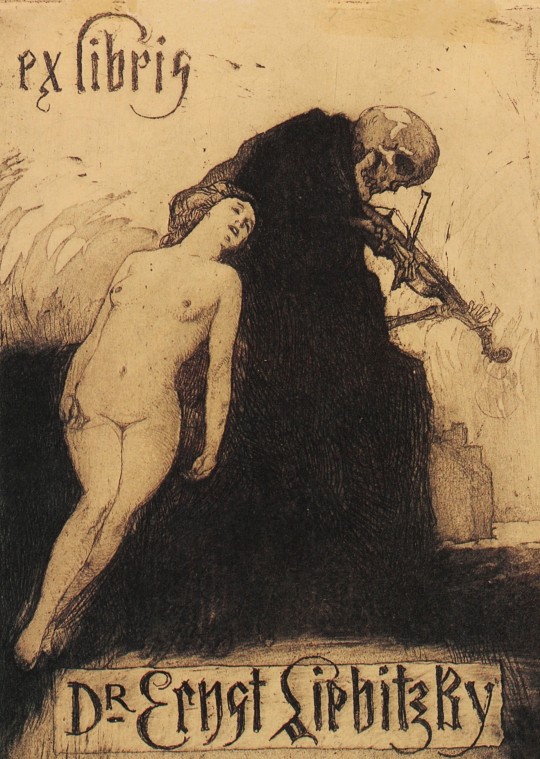
#art#drawing#book plate#illustration#ex libris#horatio gaigher#death and the maiden#der tod und das mädchen
471 notes
·
View notes
Text

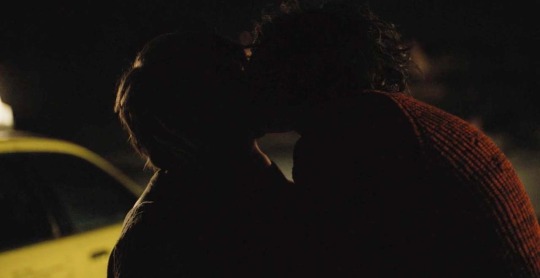
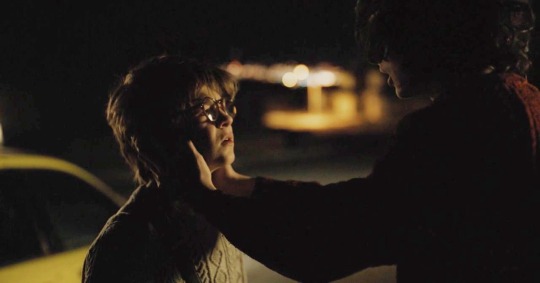

some of you moved on from this way too quickly. i, however, DID FUCKING NOT!!!
#the goldfinch#donna tartt#theo decker#boris pavlikovsky#boreo#that’s fucking cinema#this whole scene being so book accurate kills me#and the fact that roger deakins did the cinematography…#LIKE THIS SHIT HAS BEEN OUT FOR FIVE YEARS AND IM STILL CONVINCED IT ISNT REAL#if i could eat a scene i would fucking devour this shit#plate licked fucking clean#could actually write an essay on this i stg
95 notes
·
View notes
Text
For #BlackCatAppreciationDay 🐈⬛ on #Caturday :

“Black Persian (Painted specially by Madame Henriette Ronner.)”
Plate 1 in The Book of the Cat by Frances Simpson (London, 1903)
Via BHL
#animals in art#animal holiday#european art#20th century art#cat#cats in art#Caturday#black cat#Persian cat#Black Cat Appreciation Day#women artists#Henriette Ronner#1900s#book plate#BHL
179 notes
·
View notes











